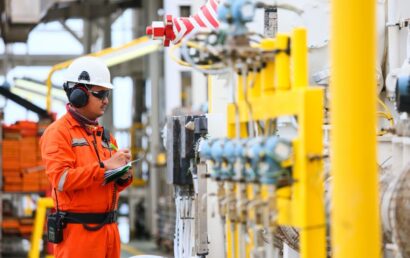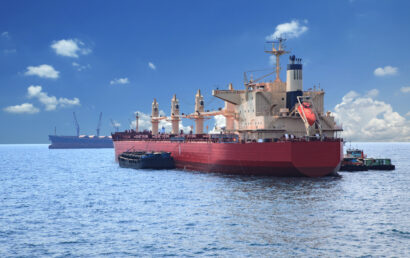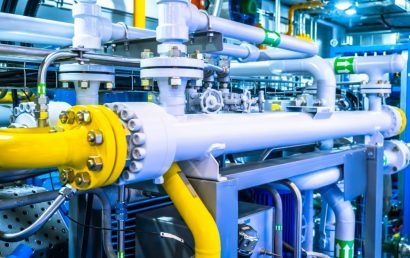How Can Tungsten Carbide Coatings Strengthen Aircraft Parts?
Widely used in fields such as machinery, metallurgy, petroleum, and aerospace for their corrosion resistance, high temperature resistance, abrasion resistance, and hardness are today’s tungsten carbide coatings. For applications used in industries throughout the world in general, protective coatings are formed by these hard alloy coatings using the raw material tungsten carbide/cobalt for spraying on iron-based materials or nickel surfaces.
In principle, implementation cost comes at a price. However, compared to the cost of replacement and damage of an entire component, the relative savings are considerable. In aerospace engine development and research, one of the most attractive technologies is surface enhancement coating. One of the most important coatings for aircraft parts is tungsten carbide.
Performance Requirements For Tungsten Carbide
The rapid development of new, high technology constantly puts forth and achieves higher performance requirements and unlimited possibilities.
Coating processes currently in existence include the following:
- Tungsten carbide explosion spraying
- Tungsten carbide physical vapor deposition
- Hard chromium plating
- Supersonic flame spraying tungsten carbide, and more
Though they can have their limitations, in various ways, each of these applications can be considered having been successful.
CVD – Chemical Vapor Deposition
CVD is a low temperature coating technology that is used commonly by major United States and Europe aviation manufacturers. Considered a technical and practical commercial solution, it is a tungsten carbide coating depositing process. In three generations of aircraft, it is widely used in jet engines to increase aircraft parts’ life expectancy, significantly.
Bonding and Benefits
Because, in basic hard alloy spraying technology, cobalt is needed, CVD coating technology is adopted. Courtesy of a tungsten carbide material bonding phase, the compactness of materials can be improved. However, wear resistance can be reduced as well as a reduction in corrosion resistance. It is possible, without cobalt, to use CVD coating technology.
By constructing a tight protective layer of tungsten carbide components and tungsten bonded together, the complex shape of aircraft components and inner surfaces can, without holes, be evenly coated. For complex geometric shapes and designs that can’t ordinarily be used in spraying technology, this is particularly suitable.
Further CVD tungsten carbide coating advantages includes the fact that they have no wear quality on anti-body parts such as bearings, seals, and more. Even in corrosive or abrasive environments, the surface finish can be improved, and coating can wear evenly on uniform nanostructures. For bearings, rotating shifts, and hydraulic actuators, a surface that is well coated reduces aircraft actuator and transmission component maintenance requirements, helps prevent oil from leaking, and reduces the wear of PTFE and elastomeric seals.
Uses In The Aerospace Industry
Applications for CVD coating include the following:
- Flaps track and plate strips
- Landing gear
- Catches
- Hooks
- Bearings
- Bushing
- Pins
- Backward thrust rods and more
The Aerospace Industry Relies on A&A Coatings for Their Tungsten Carbide Coatings
At A&A Coatings, we provide not only tungsten carbide coatings for the aerospace industry, but numerous coatings for nearly every industry on the planet! You will, in fact, be hard-pressed to find an industry for whom we don’t offer some type of beneficial coating.
There are many types of coatings available thanks to research, development, and advanced high-tech application methods. These range from coatings that increase surface friction – for safety measures – to protective coatings that help guard against erosion, corrosion, and more. Call or email us today to inquire about further information regarding tungsten carbide coatings, how they’re already benefiting your industry, and how they can be beneficial to your business.



